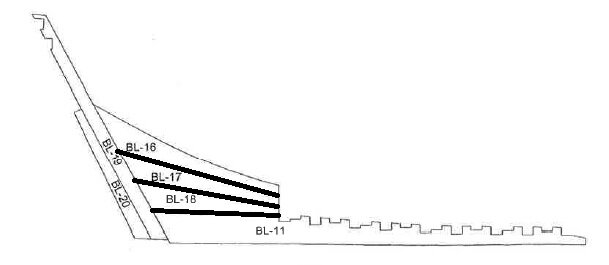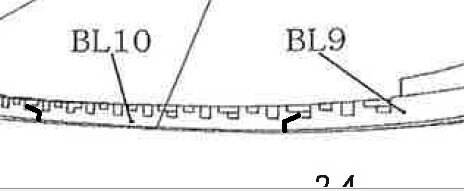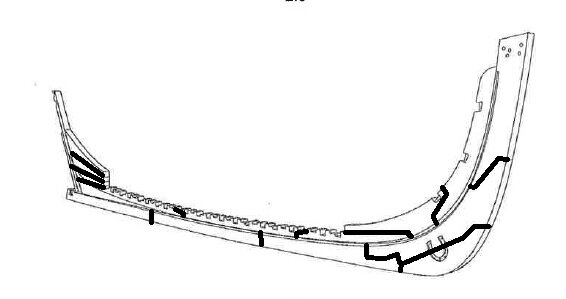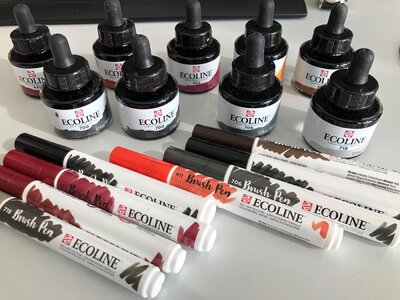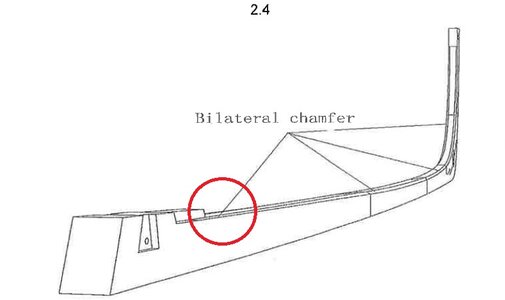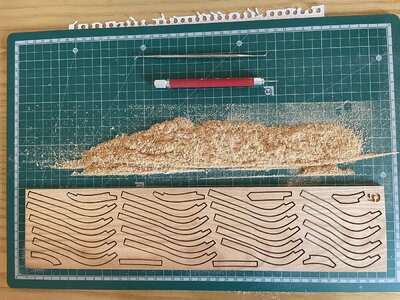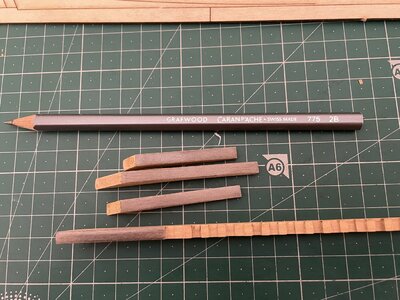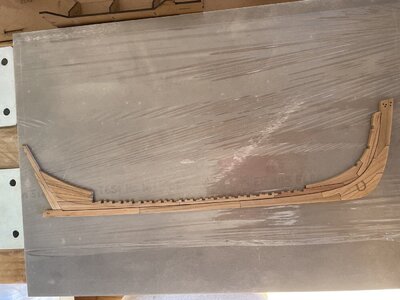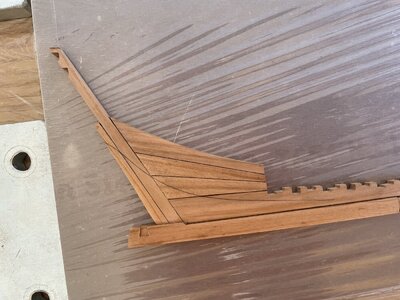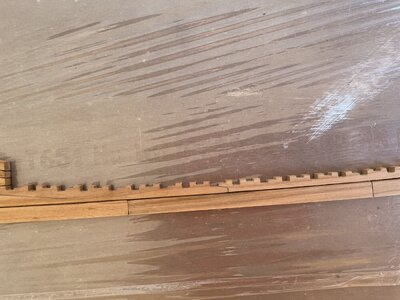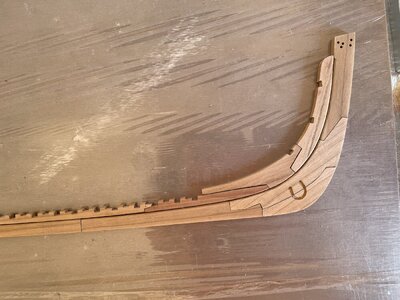Hi All,
I received the kit last monday, after waiting for long time my turn (I added to the list on Oct, 15 2020), the shipment was very fast at least, it took just 1 week from China to italy.
This is my first POF, so I am 100% sura I will need yuor help.
I spent these weeks reading the KIT manual, that it confused me, and reading the forum where I found a lot of helpful information.
I gonna cleaning the wood dust as first step.
I received the kit last monday, after waiting for long time my turn (I added to the list on Oct, 15 2020), the shipment was very fast at least, it took just 1 week from China to italy.
This is my first POF, so I am 100% sura I will need yuor help.
I spent these weeks reading the KIT manual, that it confused me, and reading the forum where I found a lot of helpful information.
I gonna cleaning the wood dust as first step.








